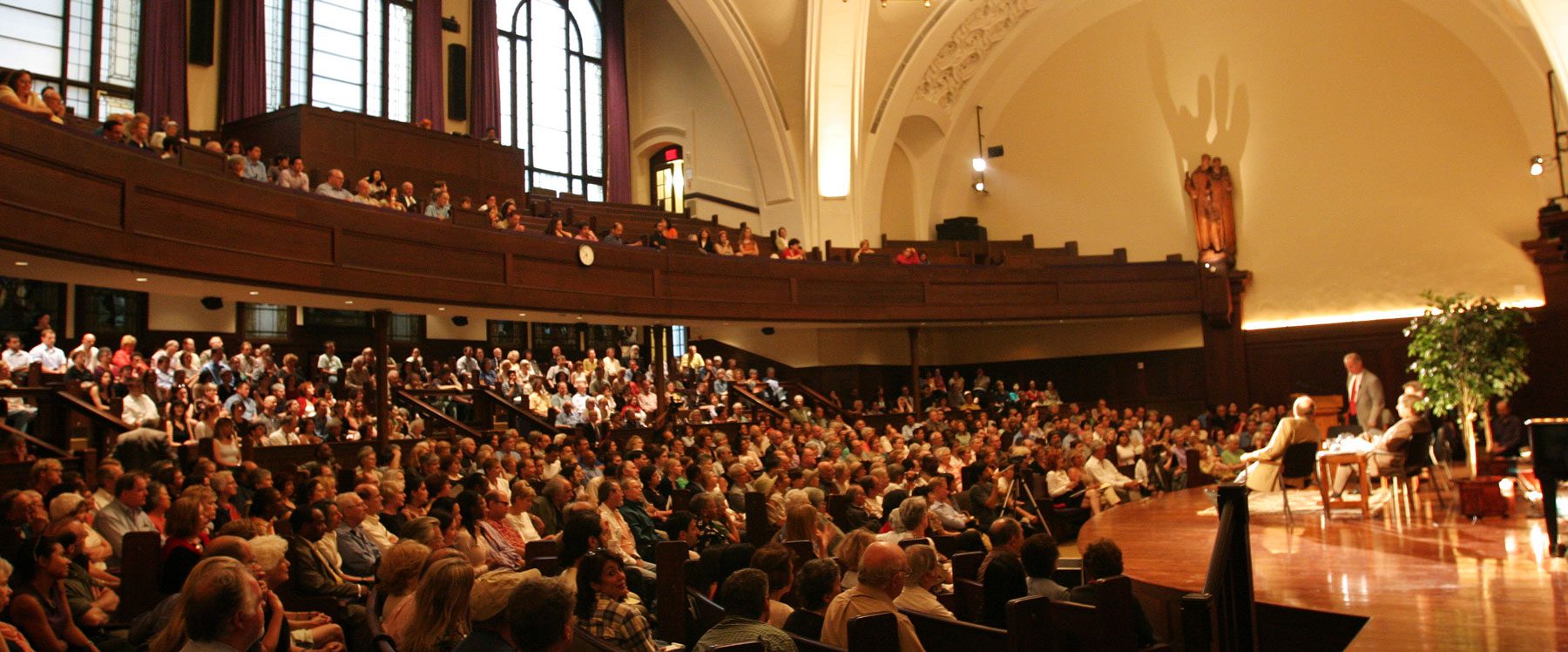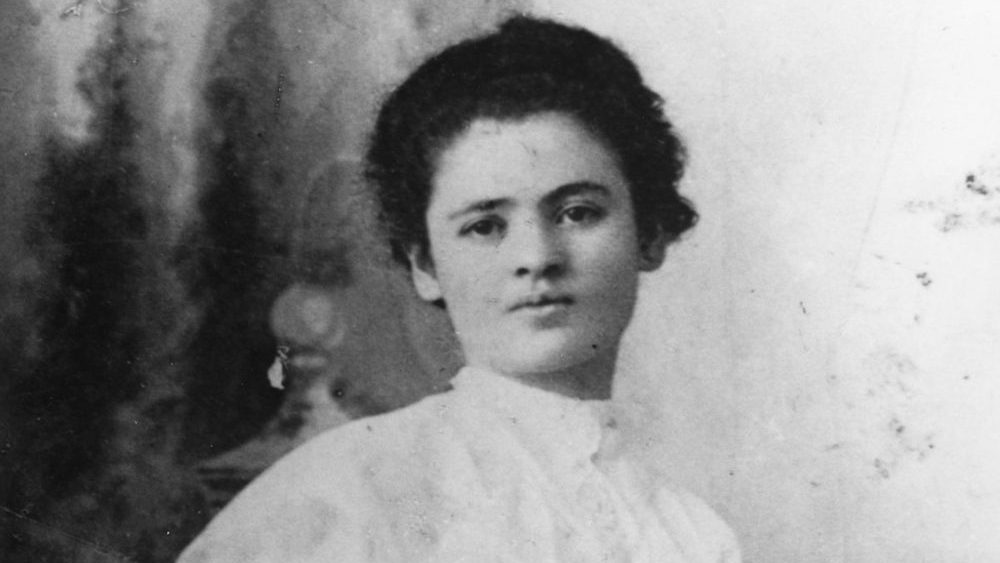
The statue represents the early days of their friendship, when they were not yet old, nor famous, when they could find time to talk over the causes that drew them together: abolition and women’s suffrage. Douglass and Anthony met in 1845 while he was on a speaking tour. In 1847, attracted by Anthony’s active women’s movement, Douglass and his wife, Anna, moved their family to Rochester, where the famous former slave became a prominent publisher and abolitionist spokesman. Their home became one of the stops on the Underground Railroad. In 1848 Frederick Douglass attended the first Women’s Rights Convention in Seneca Falls and wrote about it in his paper, The North Star:
“All that distinguishes man as an intelligent and account able being, is equally true of woman; and if that government is only just which governs by the free consent of the governed, there can be no reason in the world for denying to woman the exercise of the elective franchise, or a hand in making and administering the laws of the land.”
Anthony, later recalling that he was the only man who came to their convention and stood up with them, said, “From that day until the day of his death Frederick Douglass was an honorary member of the National Women’s Suffrage Association. In all our conventions, he was the honored guest who sat on our platform and spoke in our gatherings.” In fact, Douglass died on February 20, 1895, only hours after sitting next to Anthony on the platform at a meeting held in Washington, D.C., where he had been greeted with resounding applause and responded with a gentle bow.
But their lifelong friendship was not always an easy one. It encountered a serious challenge after the Civil War when they disagreed over suffrage. Under the Civil Rights Bill of 1866, Negroes and women had the same civil and protected status, but lacked the ballot. Anthony proposed universal suffrage and vowed to fight the idea of the Negro male being given suffrage before women received the same: “Men, their rights, and nothing more; Women, their rights, and nothing less.” The Fifteen Amendment guaranteed all citizens the right to vote, regardless of race, but did not include voting rights for women. Douglass tried to persuade his friend to support its ratification: “When women because they are women are dragged from their homes and hung upon lampposts, . . . then they will have the urgency to obtain the ballot.” Asked if that was not also true about Black women, he responded, “Yes, but not because she is a woman but because she is black.” The amendment was ratified in 1870. Anthony, although arrested for voting in 1872, died before she could do so legally.
The sculptor, whose studio is on the park square, likes to see children climb into the laps of the two friends. In 1980, at the age of eight, he escaped with his family from Communist-led Laos in a canoe. After two years in a Thai refugee camp, they found sanctuary in Rochester. “Our idea was to utilize history to get people involved,” says Kettavong. “It’s a social statement. A black man and a white woman are drinking tea together. A Laotian makes their sculpture. It could be a metaphor for American democracy.”
To learn more about Frederick Douglass and Susan B. Anthony, and their enduring friendship, join me for Sunday Platform on February 1 and March 1.







